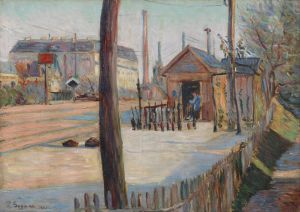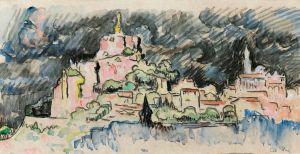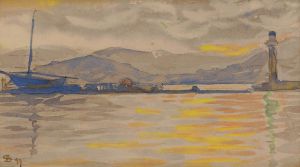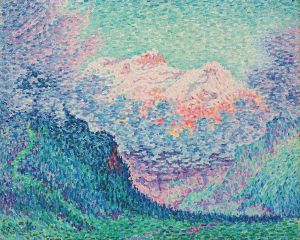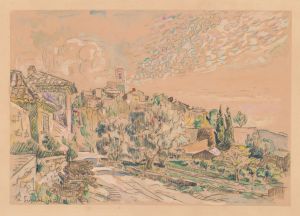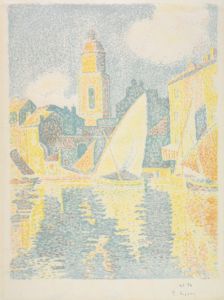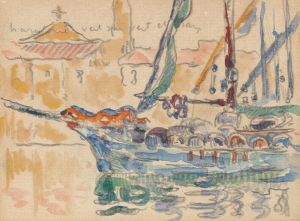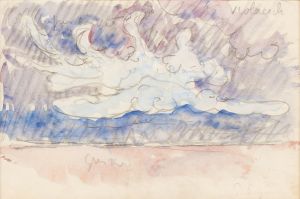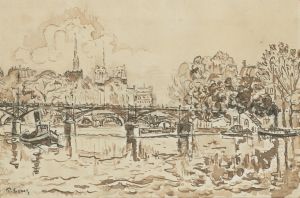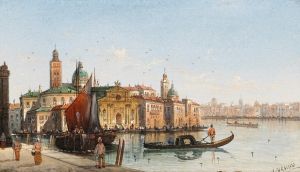
Canal of Overschie
A hand-painted replica of Paul Signac’s masterpiece Canal of Overschie, meticulously crafted by professional artists to capture the true essence of the original. Each piece is created with museum-quality canvas and rare mineral pigments, carefully painted by experienced artists with delicate brushstrokes and rich, layered colors to perfectly recreate the texture of the original artwork. Unlike machine-printed reproductions, this hand-painted version brings the painting to life, infused with the artist’s emotions and skill in every stroke. Whether for personal collection or home decoration, it instantly elevates the artistic atmosphere of any space.
Paul Signac's Canal of Overschie is a painting created by the French Neo-Impressionist artist Paul Signac. Known for his pioneering role in the development of Pointillism alongside Georges Seurat, Signac was a prominent figure in late 19th and early 20th-century art. His works often depicted landscapes, seascapes, and urban scenes, characterized by vibrant colors and meticulous brushwork.
Canal of Overschie is one of Signac's works that reflects his interest in capturing the interplay of light, water, and architecture. The painting portrays a canal in Overschie, a district in Rotterdam, Netherlands. The scene is rendered in Signac's signature Pointillist style, where small, distinct dots of color are applied to the canvas to create a cohesive image when viewed from a distance. This technique, rooted in scientific theories of color and perception, was central to the Neo-Impressionist movement.
The painting exemplifies Signac's fascination with waterways and his ability to convey the tranquility and rhythm of such environments. The composition likely includes elements such as reflections on the water, the geometry of canal-side structures, and the natural surroundings, though specific details about the painting's visual content are limited in available documentation.
Signac's travels across Europe, including his visits to the Netherlands, greatly influenced his artistic output. His time in the Netherlands allowed him to explore new landscapes and incorporate them into his work. The Dutch canals, with their serene beauty and historical significance, provided an ideal subject for his artistic exploration.
The exact date of creation for Canal of Overschie is not definitively documented, but it is consistent with Signac's broader body of work from the late 19th century to the early 20th century. The painting is an example of how Signac's art was shaped by his travels and his commitment to the principles of Neo-Impressionism.
As with many of Signac's works, Canal of Overschie demonstrates his mastery of color and his ability to evoke a sense of place through his innovative technique. The painting is a testament to his artistic vision and his contribution to the evolution of modern art.
Further details about the painting's current location, provenance, or exhibition history are not readily available in existing records.





